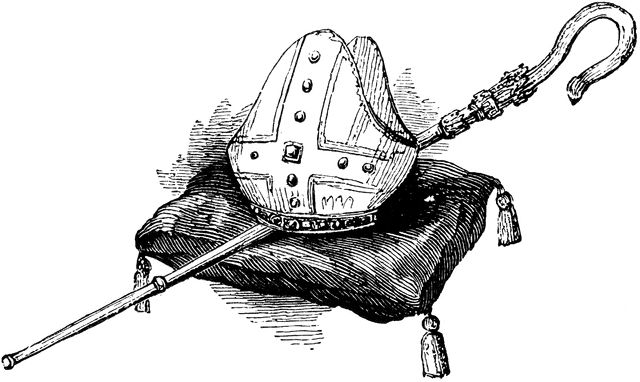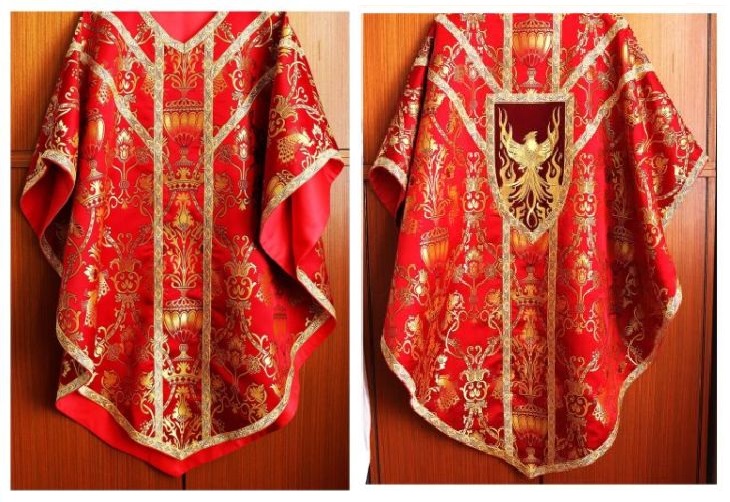Day 11: Candles

The Oneiric Order serves the deity of dreams in both the waking world as well as in the shadowy realm of Morpheus. The order’s clerics and paladins make use of dream candles to communicate with each other over vast distances. Some say that more powerful dream candles can alter reality and reveal secrets.
1E Stats
When lit, a dream candle sheds light as normal for a candle and burns for up to 8 hours. The one who lights the candle must sleep in the candle’s light for not less than 8 hours. While sleeping, the one who lit the candle may dream in such as way to shape reality, causing one of the following effects 1-4 hours after the dreamer awakens:
* Full recovery an individual’s lost hit points.
* Restoration of a lost body part. Restoring a lost head does not restore life as well.
* Learn the location of some object or creature not heavily guarded by magical wards and protections.
* Discovery of a means of ingress or egress.
* Location of a safe path through a wilderness.
* Approximate strength of enemy forces. Note that creatures with 7+ or more Hit Dice may make a saving throw versus spell to avoid detection.
No single creature can use a dream candle more than once per week. Attempting to do so not only fails automatically, but ages the user 1-10 years.
5E Stats
Dream Candle
Wondrous item, rare (requires attunement)
This magic of this candle, dedicated to the deity of dreams, activates when the candle is lit, which requires an action. After burning for 8 hours, the candle is destroyed. You can snuff it out early for use at a later time. Deduct the the time it burned in increments of 10 minutes from the candle’s total burning time.
When lit, the candle sheds dim light in a 10-foot radius. The attuned creature rests (short or long) within the light of candle. Its magic shapes a creature’s dreams. Choose a creature known to you. The target must be on the same plane of existence as you. Creatures that don’t sleep, such as elves, can’t be contacted by means of a dream candle. You enter a trance state, acting as a messenger. While in the trance, you are dimly aware of your surroundings; you make Wisdom (Perception) checks with disadvantage. Also, you cannot take actions or move.
If your target is asleep, you appear in the target’s dreams and can converse with the target as long as it remains asleep, but for no longer than the candle burns. You can also shape the environment of the dream, creating landscapes, objects, and other images. You can emerge from the trance at any time, ending the effect early. The target recalls the dream perfectly upon waking. If the target is awake when you activate the candle, you know it, and can either end the trance or wait for the target to fall asleep, at which point you appear in the target’s dreams.




